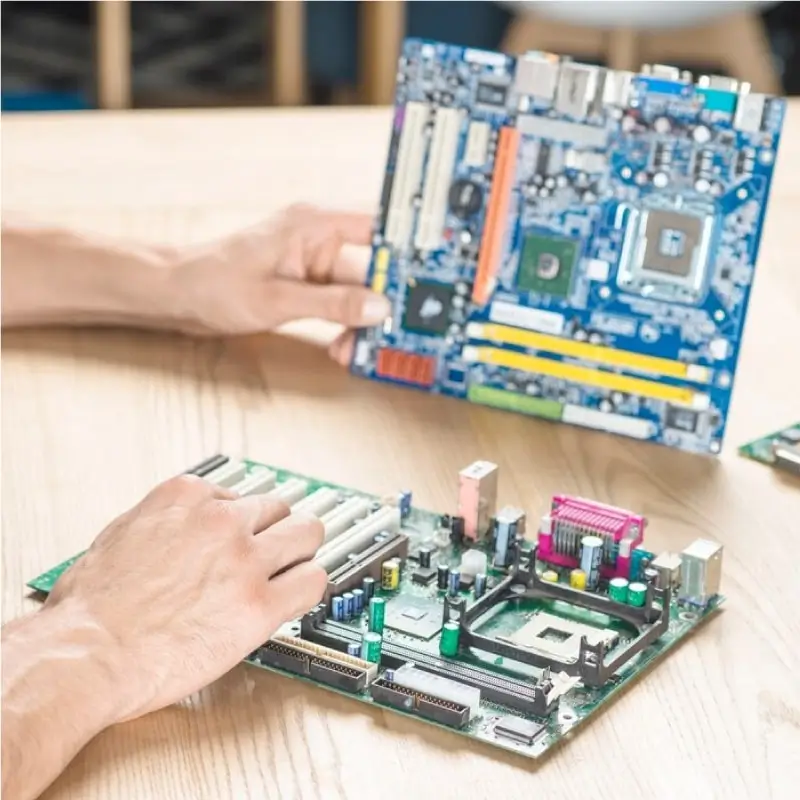Circuitry bridging mechanical and electrical excellence.
Circuitry Craftsmanship refers to combining mechanical finesse with electrical magic.
About Us


Circuitry mechanics is a field of engineering. It uses electrical and mechanical engineering design concepts to build circuits. Circuits are the networks of electrical components that power and control our devices, from simple flashlights to complex computers. Circuitry mechanics engineers use their mechanical and electrical engineering knowledge to design and build reliable, efficient, and safe circuits.
Learn MoreThe planning and building of a circuit's physical components fall under the mechanical aspects of circuitry. This includes the circuit board, the electrical components, and the connectors that hold them together.
Circuitry mechanics engineers need to consider some factors when designing the mechanical aspects of a circuit, such as:
Different types of circuits have different requirements, such as the size and power requirements of the components, the need for shielding or cooling, and the environmental conditions in which the circuit will be used.
The materials used to construct the circuit must withstand the electrical and environmental stresses that the circuit will be subjected to.
The process used to produce the circuit must meet the required tolerances and quality standards.
The electrical aspects of circuitry involve the design and analysis of the electrical circuits themselves. This includes selecting the appropriate components, sizing them correctly, and designing the circuit's layout.
Circuitry mechanics engineers need to consider some factors when designing the electrical aspects of a circuit, such as:
The intended purpose of the circuit, such as signal amplification, noise reduction, or motor control, must be designed into the circuit.
The circuit must handle the required voltage and current levels without failing.
The circuit should be designed to be as efficient as possible to minimise power consumption and heat generation.

Circuitry mechanics is used to design and build all electronic devices, from simple consumer electronics to complex industrial and aerospace systems.
Circuitry mechanics is used to design and build power electronic systems, such as
motor
controllers, power supplies, and inverters.
Circuitry mechanics is used to design and build telecommunications systems, such as
routers, switches, and
amplifiers.
Circuitry mechanics are used to design and build automotive electronic systems, such as engine control units, ABS systems, and airbag systems.


Circuitry mechanics engineers are developing new ways to miniaturise electronic components and circuits, making creating more compact and capable gadgets possible.

Circuitry mechanics engineers are developing new ways to integrate different electronic components and circuits onto a single chip, reducing electronic device size and cost.

Circuitry mechanics engineers are developing new ways to improve the reliability of electronic devices, which is essential for applications such as automotive electronics and medical devices.
Circuitry mechanics is a challenging and rewarding field of engineering that provides an extensive array of professional options. Circuitry mechanics engineers are in high demand in various industries, including electronics, power electronics, telecommunications, and automotive. A solid mechanical and electrical engineering foundation is necessary to pursue a career in circuitry mechanics. Additionally, gaining hands-on experience by working on electronic projects in your spare time can be extremely valuable.